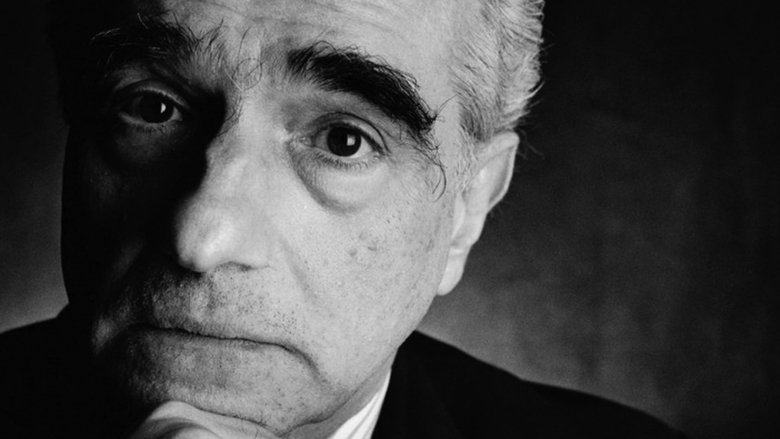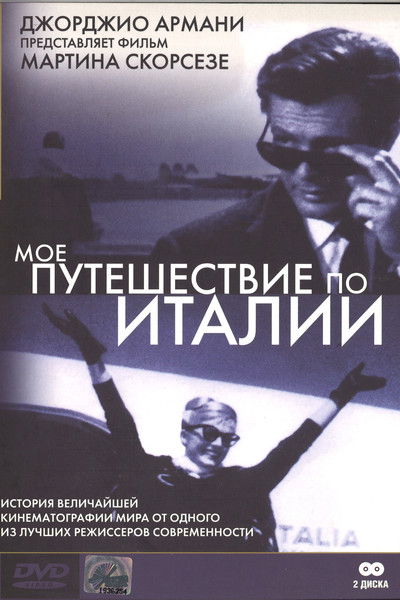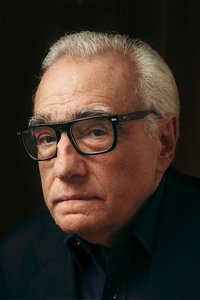My Voyage to Italy
Genres
Documentary
OverView
World-renowned director Martin Scorsese narrates this journey through his favorites in Italian cinema.
Others
Budget
$--
Revenue
$--
Status
Released
Original Language
Italian
Runtime
246 mins
Rating
7.594/10
Release Date
11 September 1999
Country
United States of America


